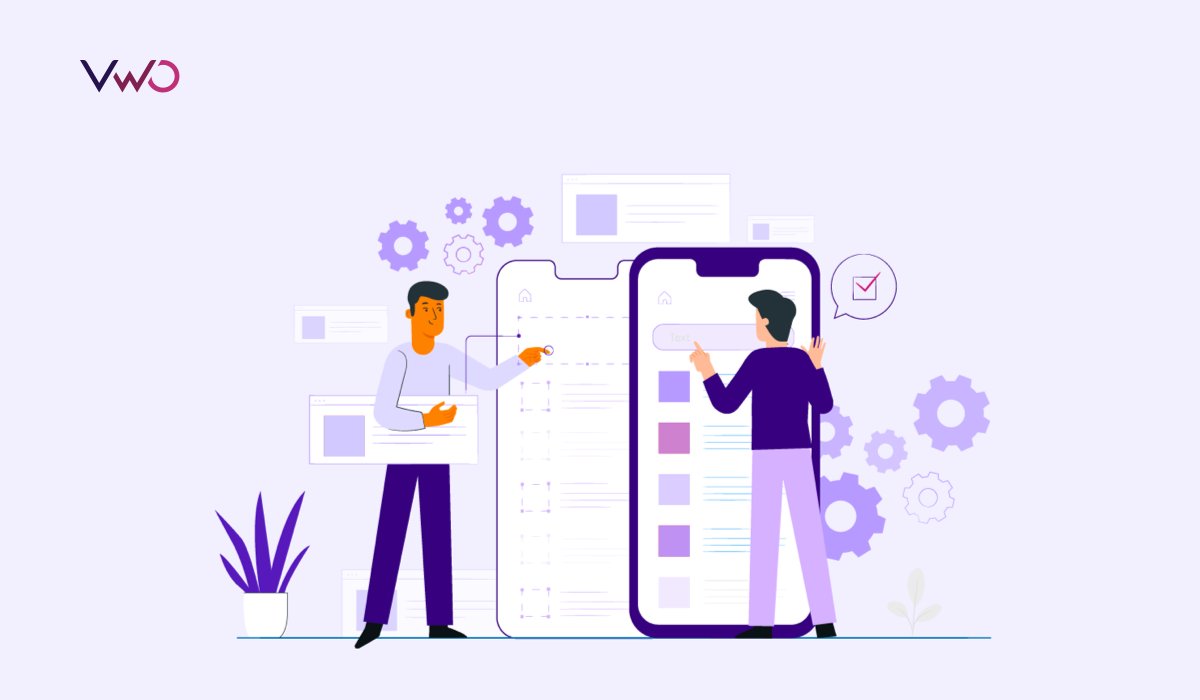
The Ultimate Guide to Mobile Optimization: Methods for Enhancing Website Efficiency on Smartphones and Tablets
The approaches for boosting internet site efficiency on mobile systems go beyond plain adjustment; they incorporate a thorough technique that entails responsive design, rate optimization, web content strategies, and user experience improvements. By delving into the ins and outs of mobile optimization, businesses can not just satisfy customer expectations however also remain ahead in a competitive digital landscape.
Importance of Mobile Optimization
Mobile optimization plays a pivotal duty in improving individual experience and driving conversion rates in the ever-evolving electronic landscape. With the increasing use smartphones and tablet computers for browsing the web, ensuring that web sites are maximized for mobile tools has come to be critical for organizations - Mobile Optimization. A mobile-optimized site not just adjusts seamlessly to various display sizes yet likewise lots swiftly, offering users with a smooth and satisfying browsing experience
In today's hectic globe, customers anticipate instantaneous access to details on the move. An internet site that is not enhanced for mobile phones threats shedding prospective consumers due to slow down packing times or a poor customer interface. By purchasing mobile optimization, organizations can accommodate the requirements of their mobile target market, bring about higher engagement and enhanced conversions.
In addition, online search engine like Google focus on mobile-friendly sites in their rankings, making mobile optimization vital for boosting visibility and attracting natural website traffic. Mobile Optimization. On the whole, the importance of mobile optimization can not be overstated, as it directly affects customer contentment, conversion rates, and overall business success in the electronic world
Responsive Layout Strategies
Implementing receptive layout techniques makes sure that web sites dynamically change their format and web content based on the user's gadget screen dimension, offering a regular user experience throughout numerous systems. One of the most common techniques used in responsive layout is creating fluid grids that allow web content to resize proportionally to the display size. This guarantees that elements on the website preserve their loved one spacing and plan, optimizing the watching experience for individuals on different tools.
Furthermore, utilizing flexible photos that can scale with the size of the viewport helps avoid pictures from being cropped or misshaped on smaller sized displays. CSS media questions play a critical function in responsive style by enabling developers to apply certain styles based on the gadget attributes such as display width, elevation, and positioning. By leveraging media questions, internet sites can adjust their layout and layout to suit smart devices, tablets, and desktop computer displays effortlessly.
Incorporating responsive design methods not only enhances user experience but likewise contributes to enhanced online search engine positions, as internet search engine like Google focus on mobile-friendly websites in their mobile search results page. By accepting responsive style, sites can cater to the varied requirements of individuals accessing material on a selection of Resources gadgets, inevitably driving engagement and conversions.
Rate and Performance Optimization

One key method is enhancing photos and multimedia content to minimize data sizes without jeopardizing high quality. Compressing images, leveraging modern image layouts like WebP, and careless packing offscreen images are reliable methods to quicken lots times (Mobile Optimization). Minimizing HTTP requests, leveraging internet browser caching, and lowering web server reaction times are crucial steps in improving efficiency.
Executing a material delivery network (CDN) can also significantly increase website speed by dispersing material throughout several servers internationally, decreasing latency for users accessing the website from various areas. Focusing on crucial above-the-fold web content and delaying non-essential scripts can further improve perceived efficiency. By concentrating on speed and performance optimization, internet sites can supply a smooth and satisfying customer experience on smart phones.
Mobile-Friendly Content Approaches
Mobile-friendly content techniques include tailoring the discussion of click here for more info to suit the smaller sized screens and on-the-go nature of smartphone and tablet computer individuals. Furthermore, damaging up material into shorter paragraphs and using bullet factors can assist boost readability and make it easier for individuals to take in information rapidly.
Incorporating interesting visuals, such as images and videos enhanced for mobile viewing, can additionally improve the general individual experience. These visuals should be pertinent, top quality, and load quickly to prevent customers from wearying. Furthermore, integrating interactive components like tests, polls, or studies can increase customer engagement and encourage active engagement.
Customer Experience Enhancements
Building on the foundation of mobile-friendly material approaches, enhancing customer experience requires maximizing every touchpoint to ensure seamless interaction and complete satisfaction for mobile individuals. One vital facet of boosting user experience on mobile gadgets is making certain quickly loading times.
In addition to speed and receptive layout, streamlining navigating is crucial for a favorable customer experience. Clear and intuitive navigation menus, prominent search bars, and strategically placed call-to-action buttons can help users easily find what they are searching for on a mobile website. Optimizing forms for mobile users by reducing the variety of fields and using auto-fill features can also boost the total customer experience. By concentrating on these individual experience enhancements, sites can efficiently engage and keep mobile visitors.
Final Thought
In conclusion, mobile optimization is crucial for boosting website performance on smart devices and tablets. By carrying out responsive design methods, enhancing rate and efficiency, producing mobile-friendly web content, and improving customer experience, organizations can successfully reach and engage with their mobile target market. It is essential for internet sites to adapt to the raising mobile usage fads in order to stay competitive in the digital landscape.